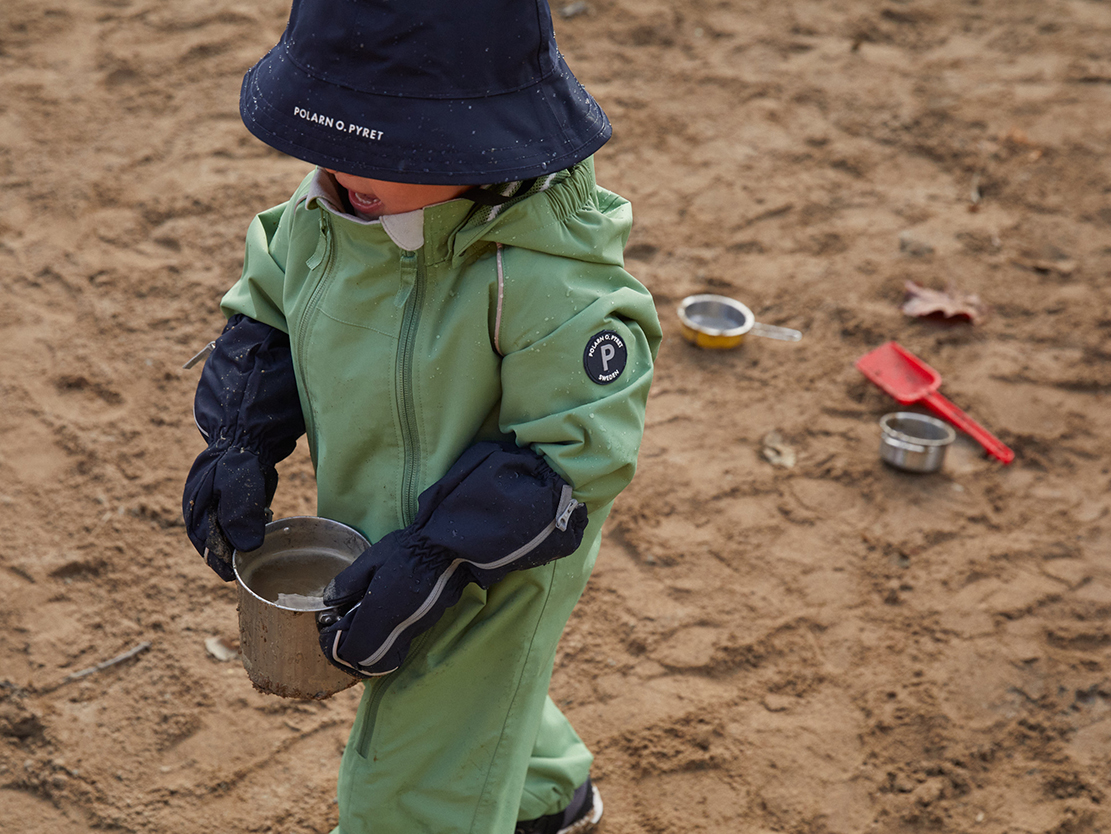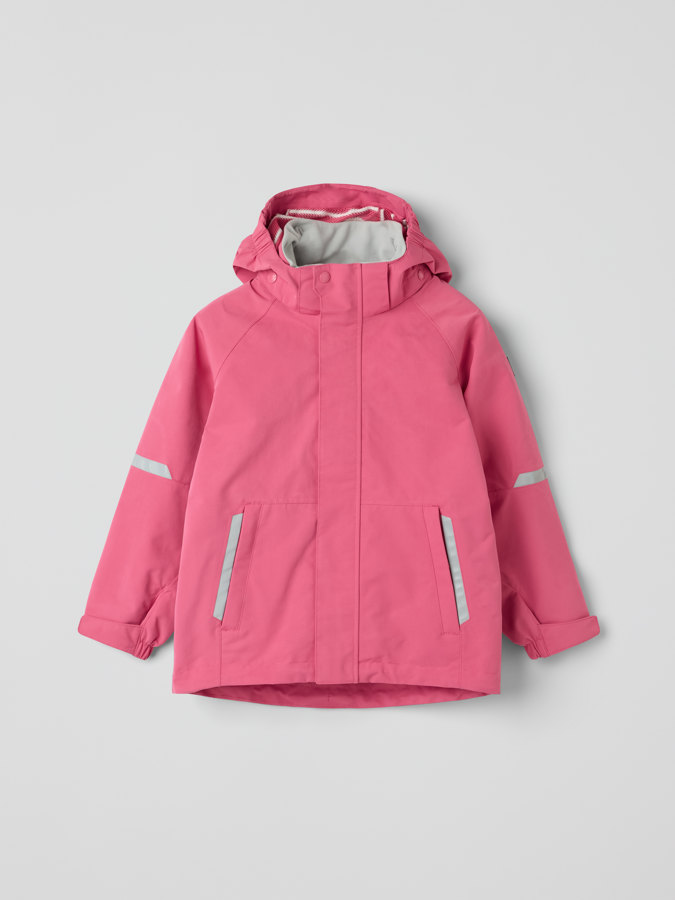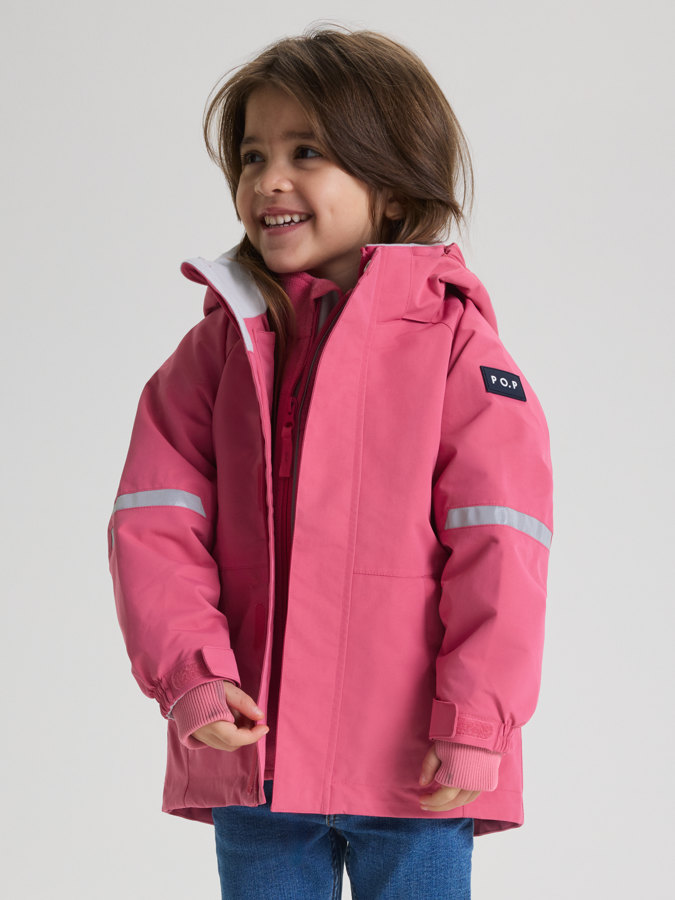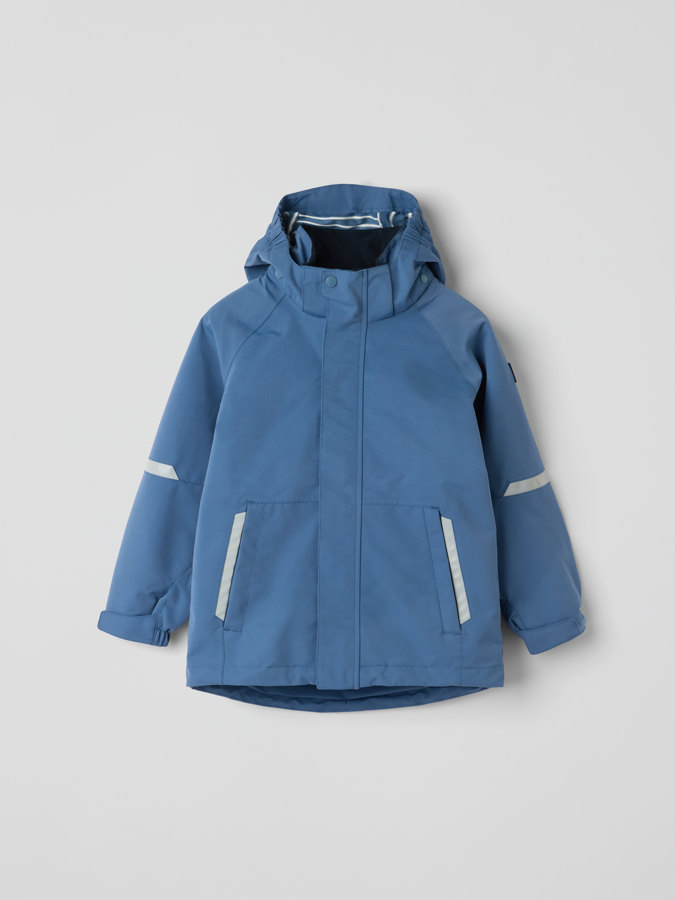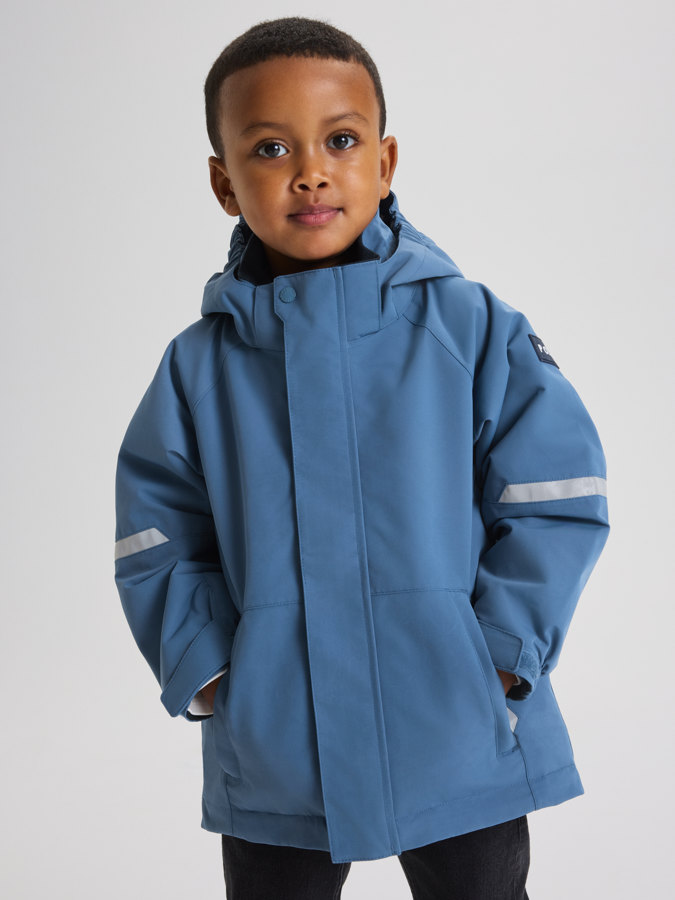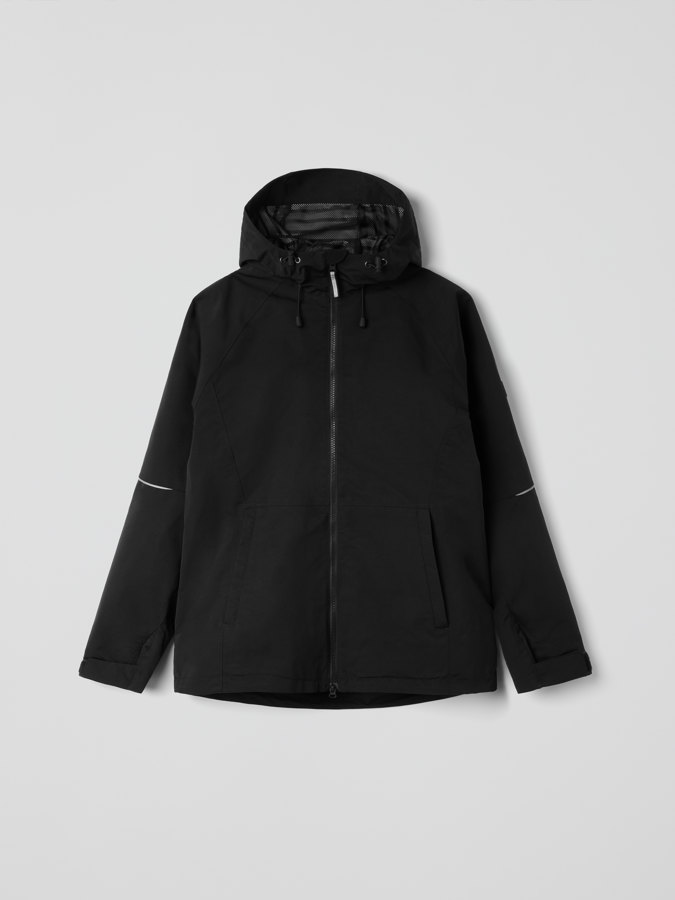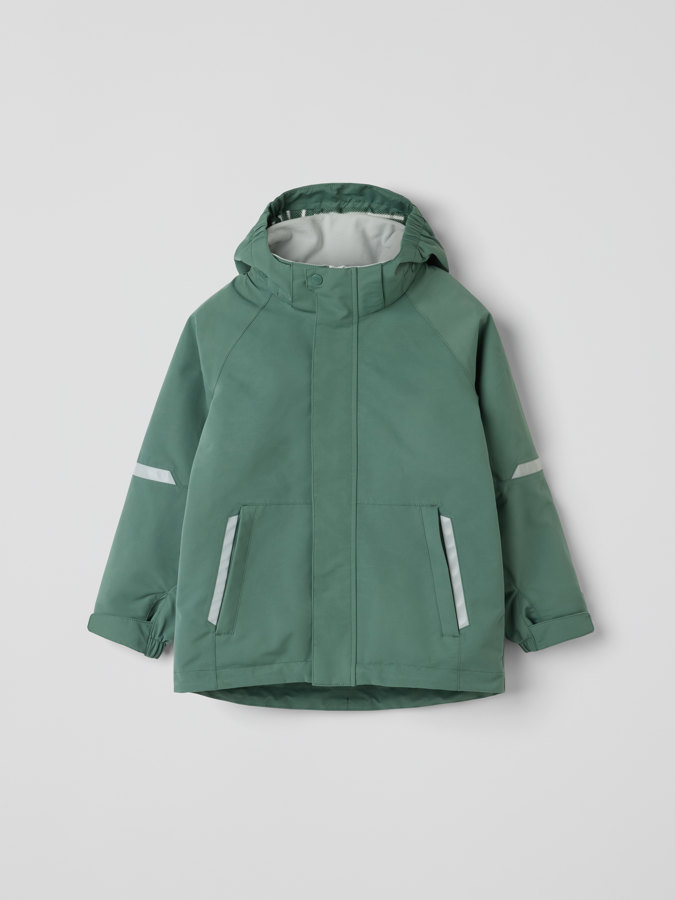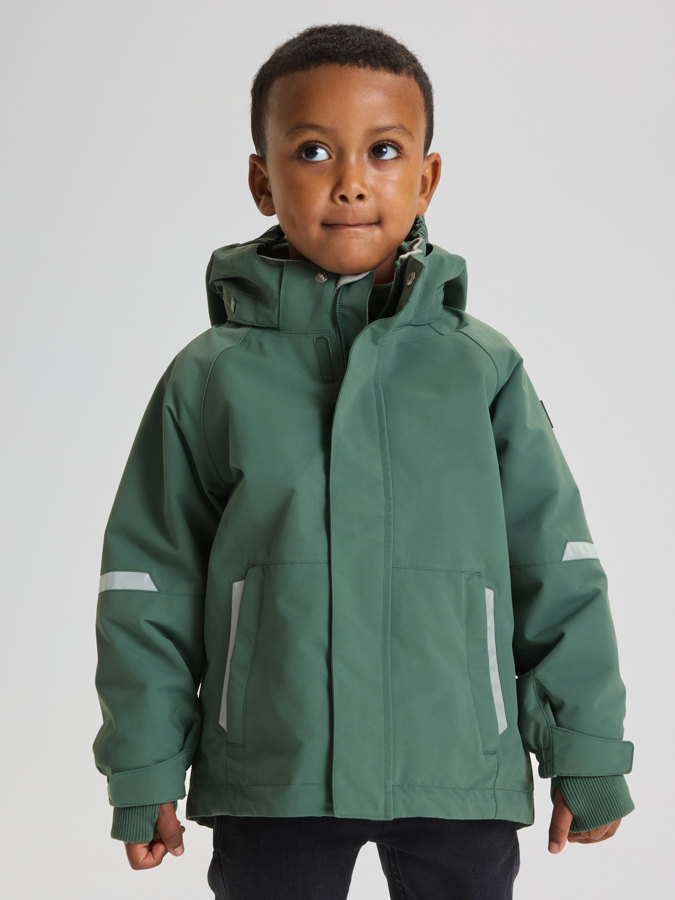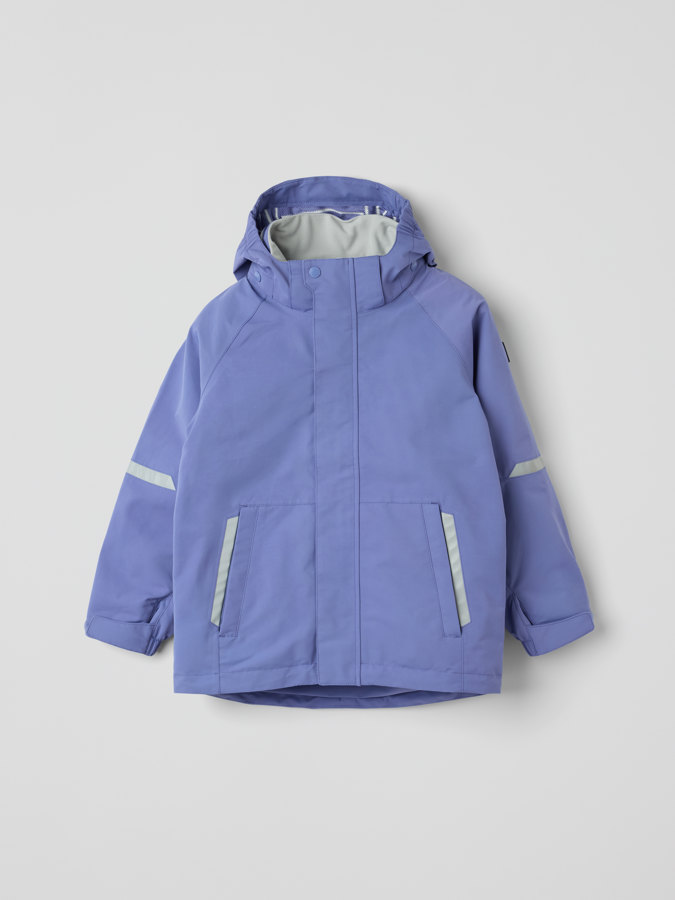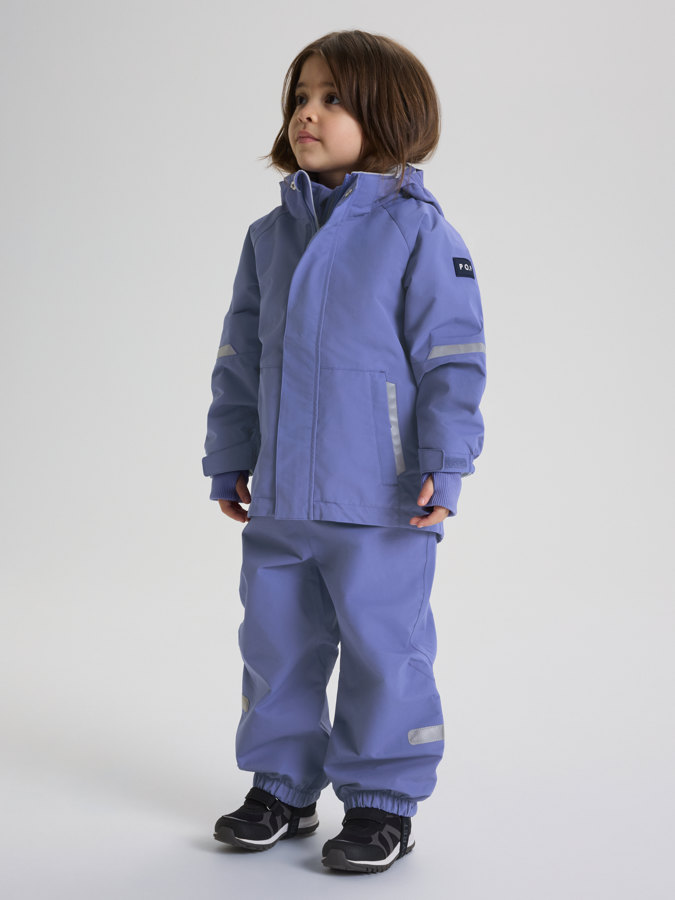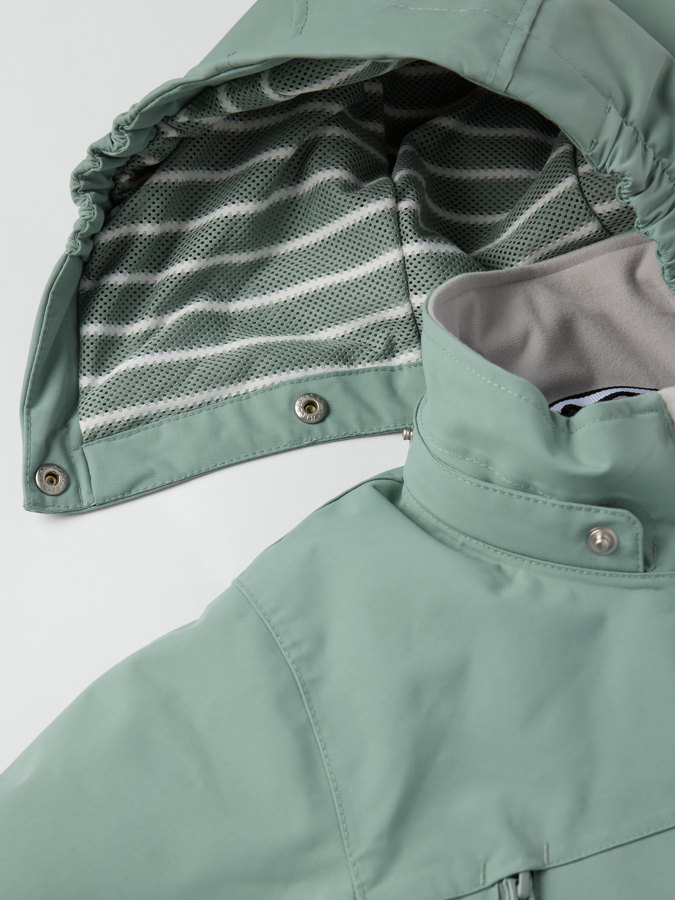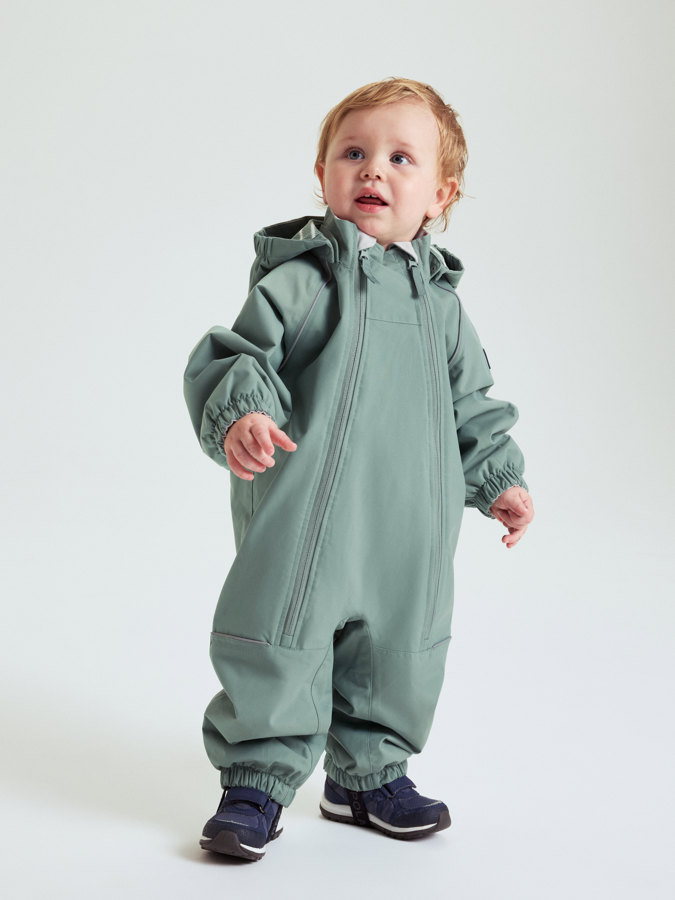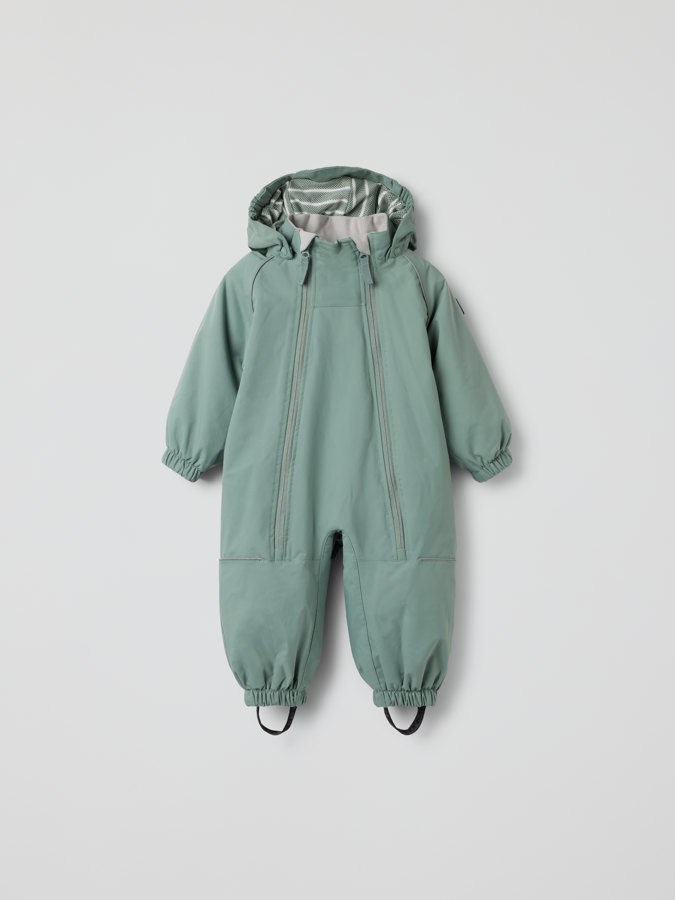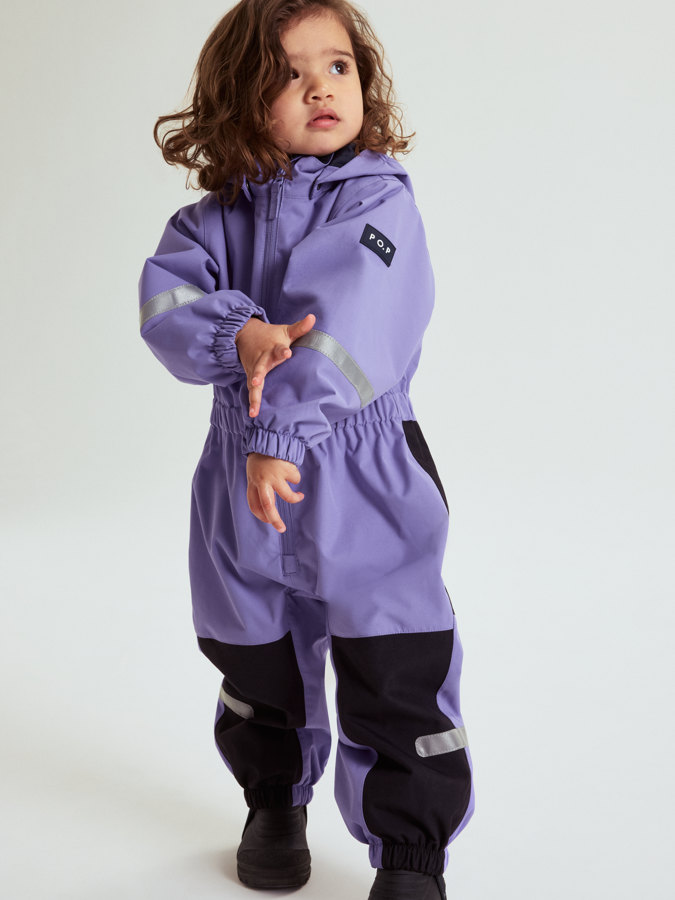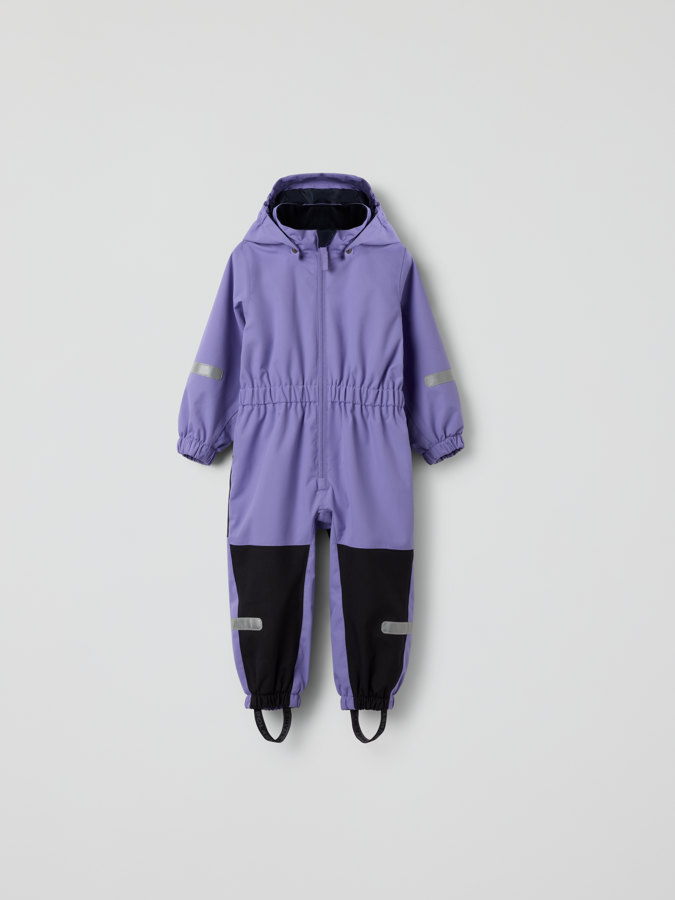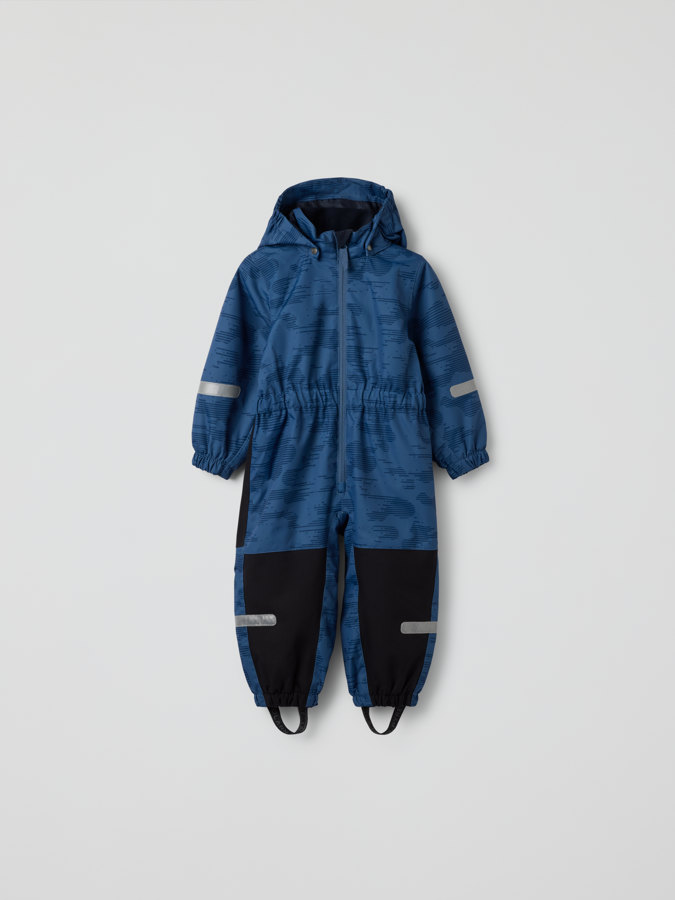Washing advice: how to wash technical outerwear
Read article
If you wash technical outerwear the right way, it will last longer – and the way you dry it is just as important. Here are some tips; however, it’s often enough to wipe the garment with a damp cloth, which is the best option for both the garment and the environment.
How to wash technical outerwear:
- Please follow the washing instructions.
- Wash at the correct temperature and with similar colours.
- Empty the pockets to avoid accidentally getting something stuck in the washing machine.
- Close all buttons, buckles, zips and Velcro straps. This prevents unnecessary wear and tear.
- Turn the garment inside out to reduce wear and tear on the outer fabric.
- Do not use fabric softener as this may affect the garment’s water repellency.
- Remove the garment from the washing machine as soon as the cycle has finished. If the garment stays wet, there is a risk that it will discolour.
- Dry the garment in the tumble dryer or drying cabinet at low temperature – this will reactivate the impregnation.
If you don’t have a tumble dryer or drying cabinet, you can use an iron. Take care not to use steam or select too hot a setting on the iron; follow the washing instructions. To avoid damaging the garment, place a piece of thin cotton fabric between the garment and the iron. The fabric also helps to distribute the heat evenly.
Even if you have hung the garment to dry, you can always iron it afterwards.
Time to re-impregnate?
Even if you dry your outerwear correctly, the water repellency will gradually wash away, and after about ten washes, you will need to re-impregnate it.
It’s easy to test if the water-repellent finish is still intact:
Simply spray or splash a little water on the garment. If the water beads and runs off, the surface impregnation is still fine. But if the water soaks into the fabric, it’s time to re-impregnate the garment.
It is important that the garment is clean when re-impregnating, otherwise dirt and grease will hinder the process and the garment’s functionality will be impaired.
You can buy impregnation spray from most sport and outdoor clothing retailers – but remember that it should be free from PFCs!
Washing fleece garments
Avoid washing fleece garments if possible. Instead, try airing the garment and spot-washing any stains.
If the fleece really needs washing, we recommend using the Guppyfriend washing bag. It catches any microplastics that synthetic fabrics release during washing, thus preventing them from ending up in our lakes and seas. The bag also protects clothes during washing, which means that they last longer!
